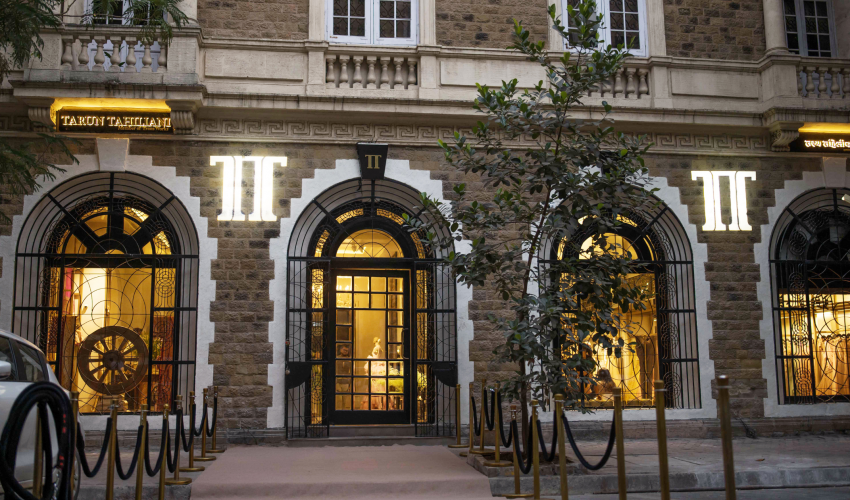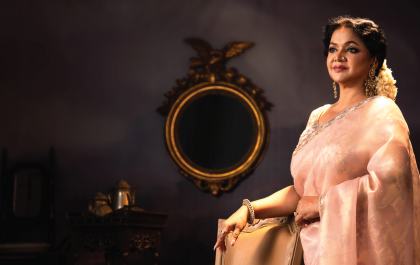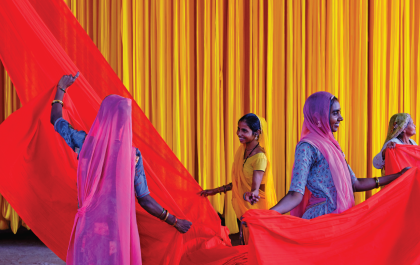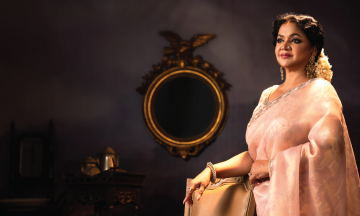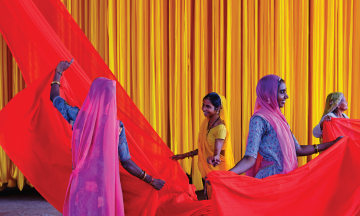By Sanika Achrekar
What’s new with Tarun Tahiliani? Well, a lot. The ace designer delves into details about his new flagship store, designing it in the India Modern way, to and his take on the world of the metaverse
What does one say about Tarun Tahiliani that hasn’t already been said? The couturier, known for bringing a touch of the renaissance aesthetic to the Indian couture that didn’t previously exist, has infused his India Modern signature into the menswear of the eponymous label as well, but his need for tailored, structured clothing for the Indian man at reasonable pricing led to Tasva, a partnership with Aditya Birla Fashion and Retail Limited. This April, Tahiliani launched his flagship boutique store in Mumbai’s Ballard Estate, giving us a chance to catch up with him on all things fashion, and all things relevance.
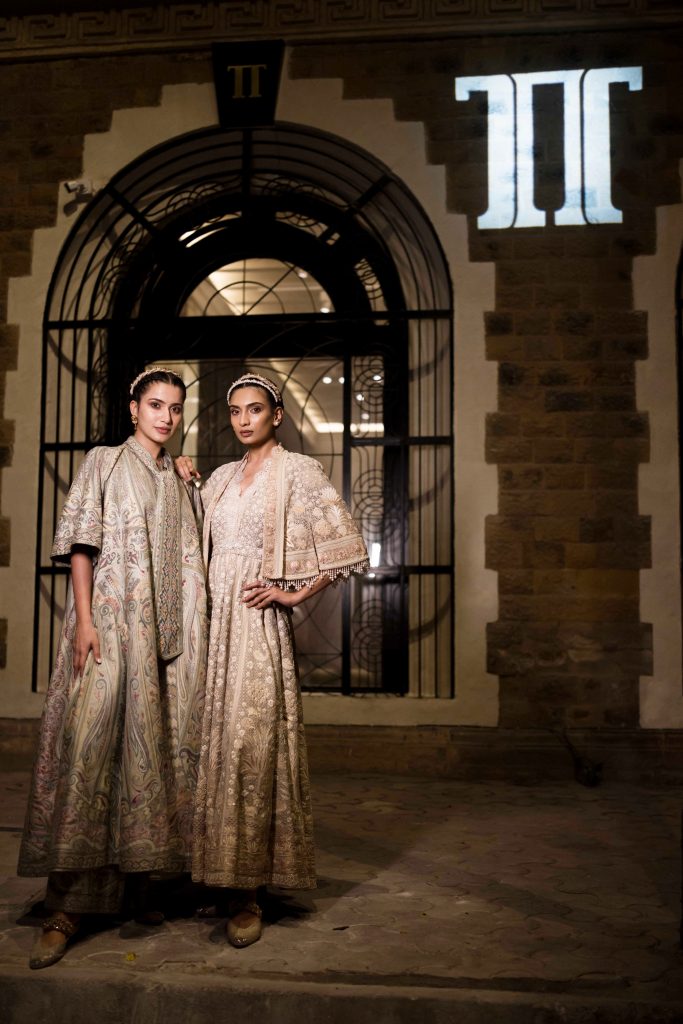
You have completed more than 25 years in the industry. What is a major change in the wedding wear space that you have seen in 2022, as compared to the ’90s?
The wedding industry has changed a lot. Twenty five years ago when I first started in Delhi, people blatantly followed what their parents wanted and their parents had all the say, that’s a very different world. Children are exposed to a more cosmopolitan way than their parents are, educated all over the globe, and exposed to the best, so although the Indian wedding always encompasses the highest point of Indian social life, it now goes across countries, has multiple occasions beyond just the main wedding day, musicians are brought from India and abroad for performances, etc. Apart from that, I think there are many more varieties, because people now choose their weddings to express themselves, so there are large weddings that still happen in a stadium, there are intimate ones, there are destination weddings.
What’s that one thing that wasn’t a part of your fashion aesthetic when you started, but now it is?
Well, I didn’t do this much embroidery. I was not conversant with it. I’m sitting in South Bombay and suddenly there was embroidery for men and at that time, it was not attuned to some of the wonderful crafts that we have in India, but now it’s very much a part of my vocabulary.
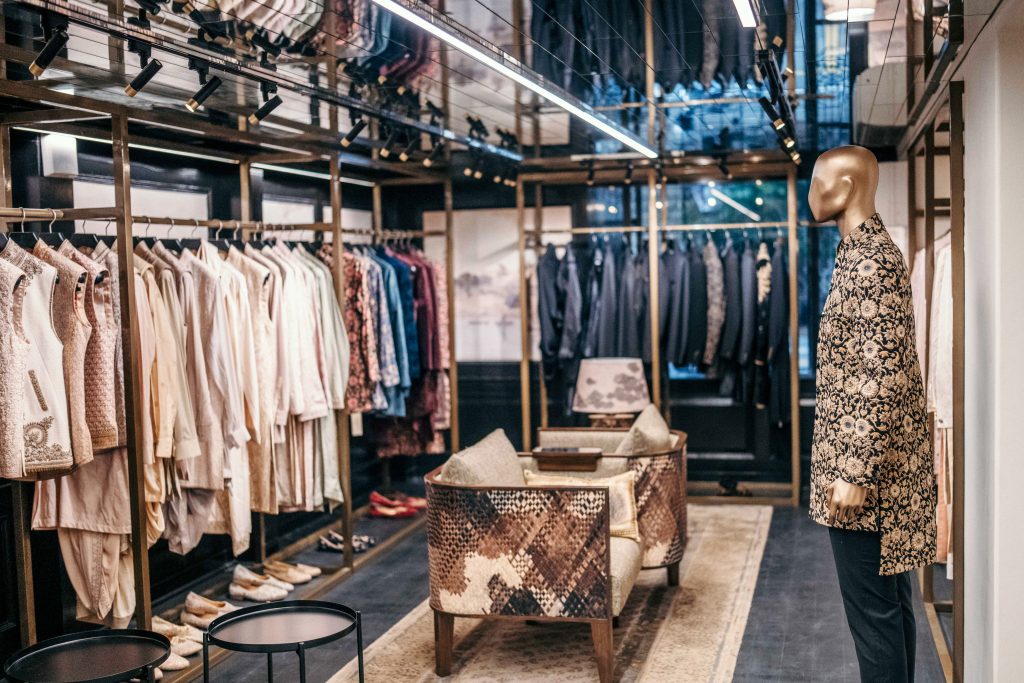
Who have been your biggest inspirations, and what do you want to achieve with the collections that you design?
I was recently in Milan, and I always remember thinking 25 years back that when I looked through Armani’s clothes, I saw the colours of the street and the stones of Italy. I have had many inspirations both in India and abroad, primarily because I loved draping people. The rural and small towns of India always inspire me — from the Kumbh to Kutch to people I still see fleetingly on the streets of either Rajasthan or Kutch or Kathiawad, and, of course, in South India. Apart from this, fantastically stylish women have inspired me, and designers whose work I have loved from the beginning, like Asha Sarabhai, onto the precision of Rajesh Pratap Singh, to Charles James Galliano to Christian Dior and the modernist, Donna Karan.
Fashion is moving into the world of the metaverse. What are your thoughts? Is it here to stay for the long run?
I mean I think if it’s going to step into the metaverse, it is into the metaverse, there’s nothing I or anyone else can do about it. It’s crazy to have personas that one dresses that are apart from themselves. I would have thought the whole point of life is to get your different selves into alignment, not creating them even on your computers so you are not too obsessed about or even worse, being one-upmanship with.
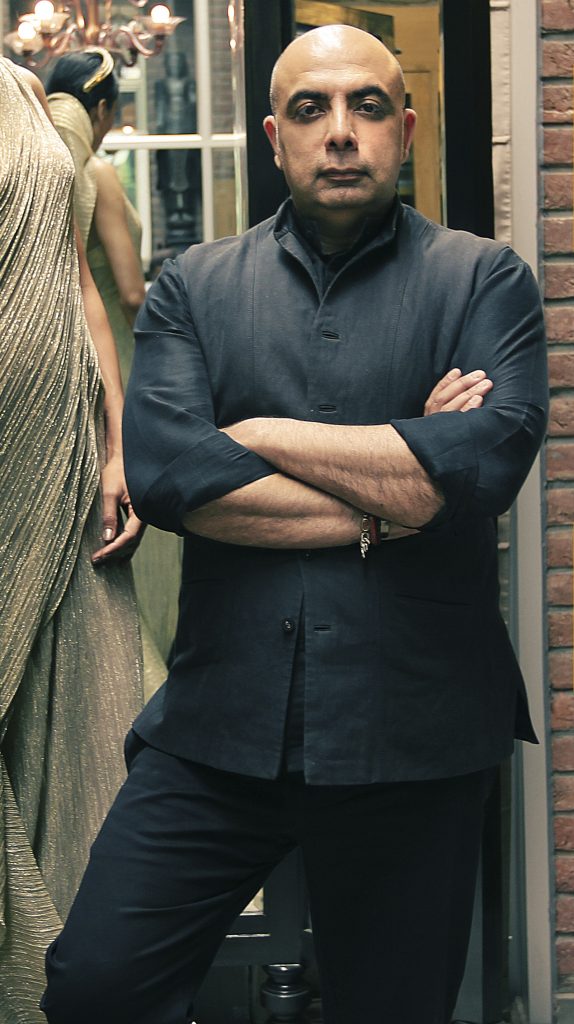
Your new flagship store is a tribute to the signature ‘India Modern’ design philosophy. How did you turn that thought into a store?
Everything we’ve done post-pandemic has afforded us the time to make it a labour of love. Also, perhaps it is such a spectacular space that needed to be used in its original bones, and it took us nine months to work out the space. It was also a labour of love because even though it was one of these neo-classical stone buildings of old Bombay, we wanted the tone inside to reflect our Indian Modern philosophy. And so, besides the wallpapers that we had printed, the pichwais that we made, the kind of stones that we used, the jaalis that have the TT monogram — I had to source it from all over India. We chose to do the interiors of the space in a manner that reflected this overall philosophy. While I worked on this project with my architectural team, I collaborated with Divya Thakur of Design Temple in Bombay. We wanted a pair of eyes in Mumbai who could keep reviewing the progress as it went along.
We notice that your flagship store has exquisite Indian décor and collectables. What are your favourites, and what significance do they hold?
I truly love the mother-of-pearl inlay, lots of fine jaali, exjaaliste bone inlay cabinets, and the carpets that have been specially designed for us by Obeetee Carpets, the silk rice-paper that we have used as wallpaper. I’d say that these are the most notable things, besides the embroidered panels, which are all over the store — from the Pichwai Collection to Mata ni Pachedis, that we have sourced and embroidered over.
What’s next for you?
The collections that I am working on, we want women to be super comfortable, we want them to look relaxed, we want the clothes to be subtle and beautiful, so the
pieces can be loved and reloved and can be worn over and over again, I don’t believe you have to be uncomfortable to look beautiful.




